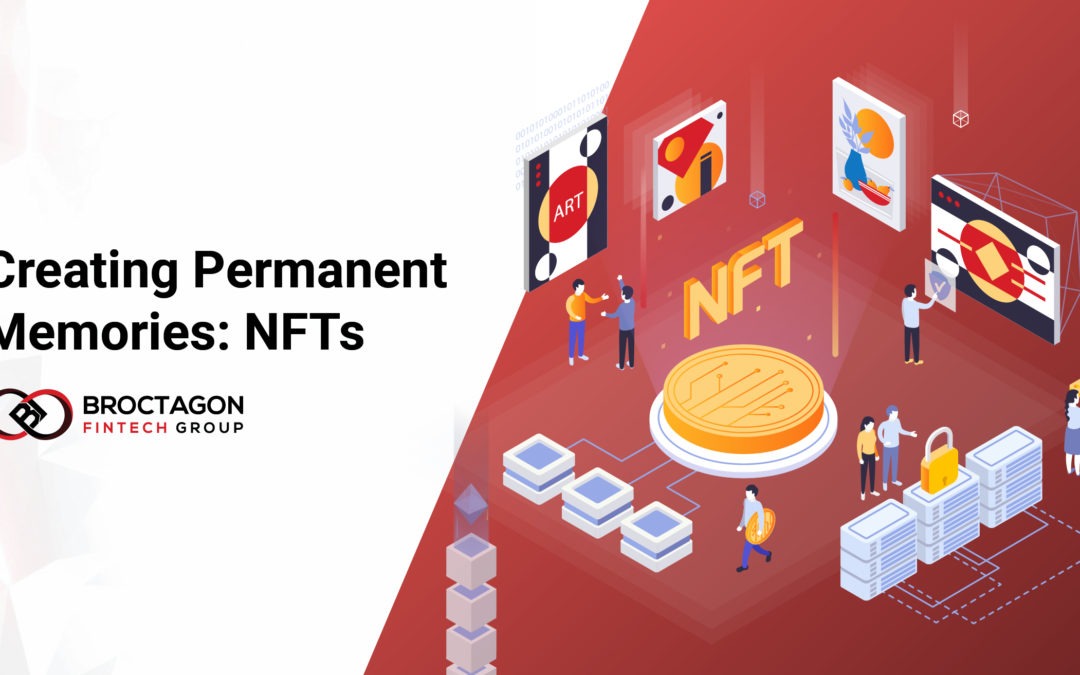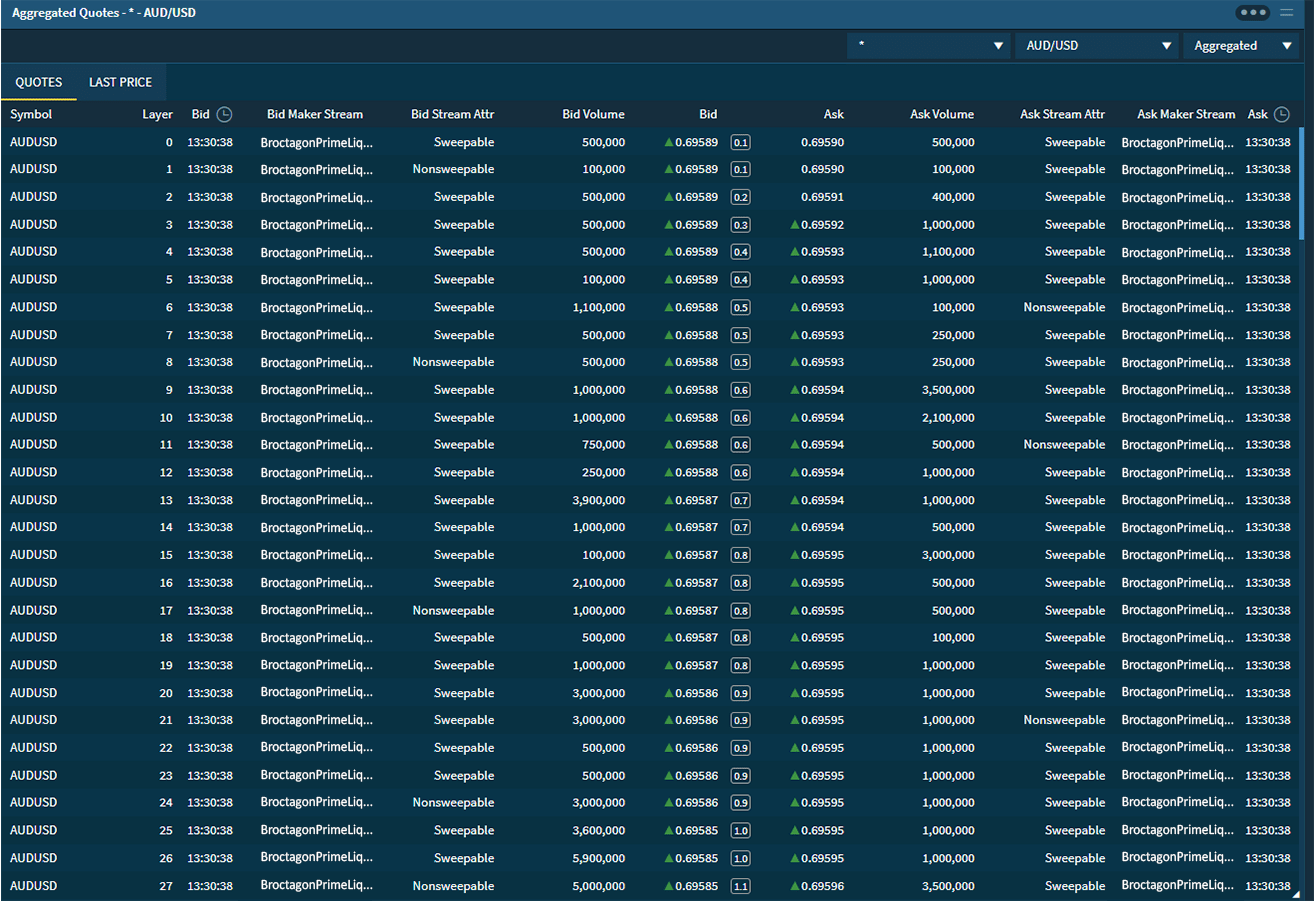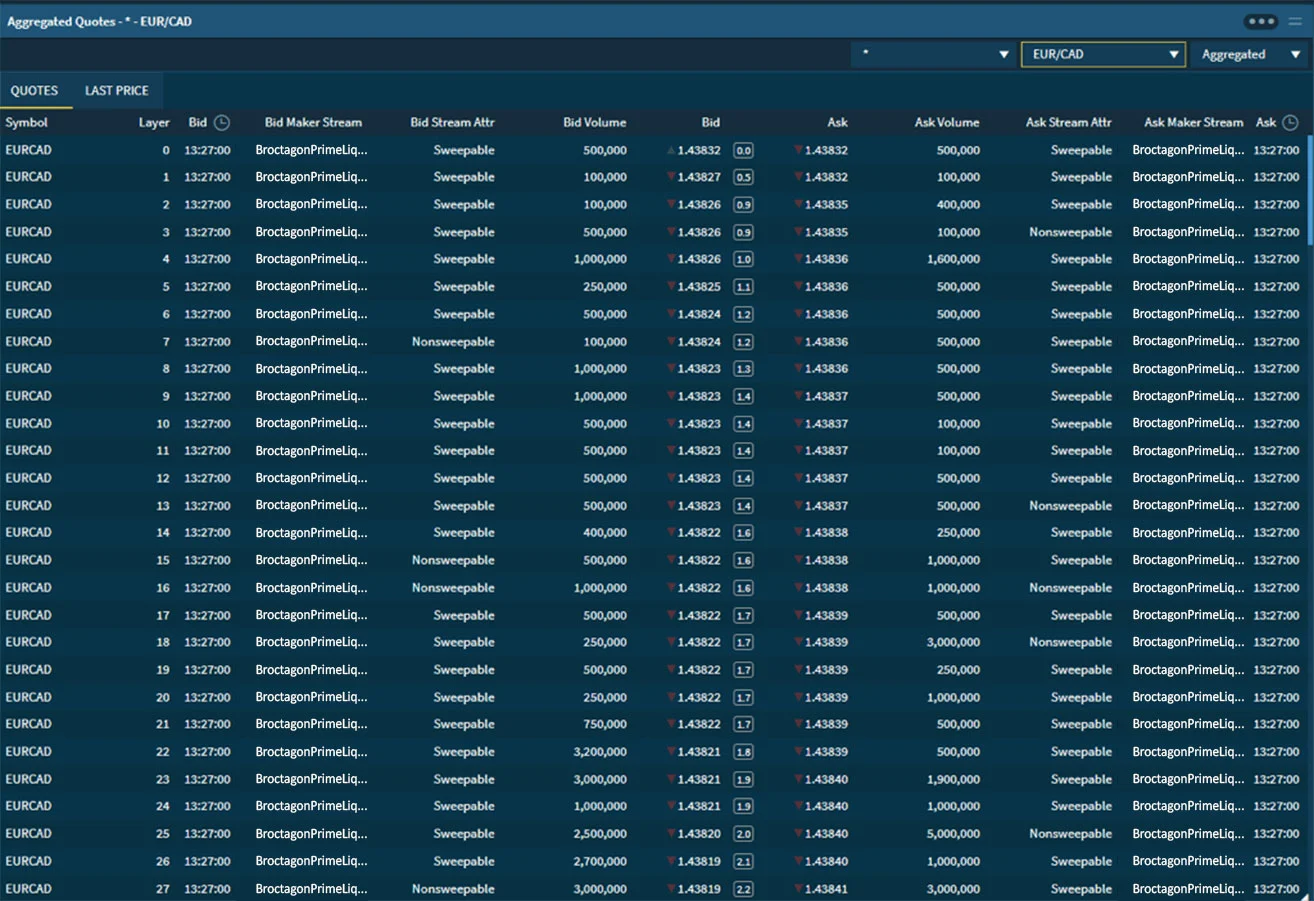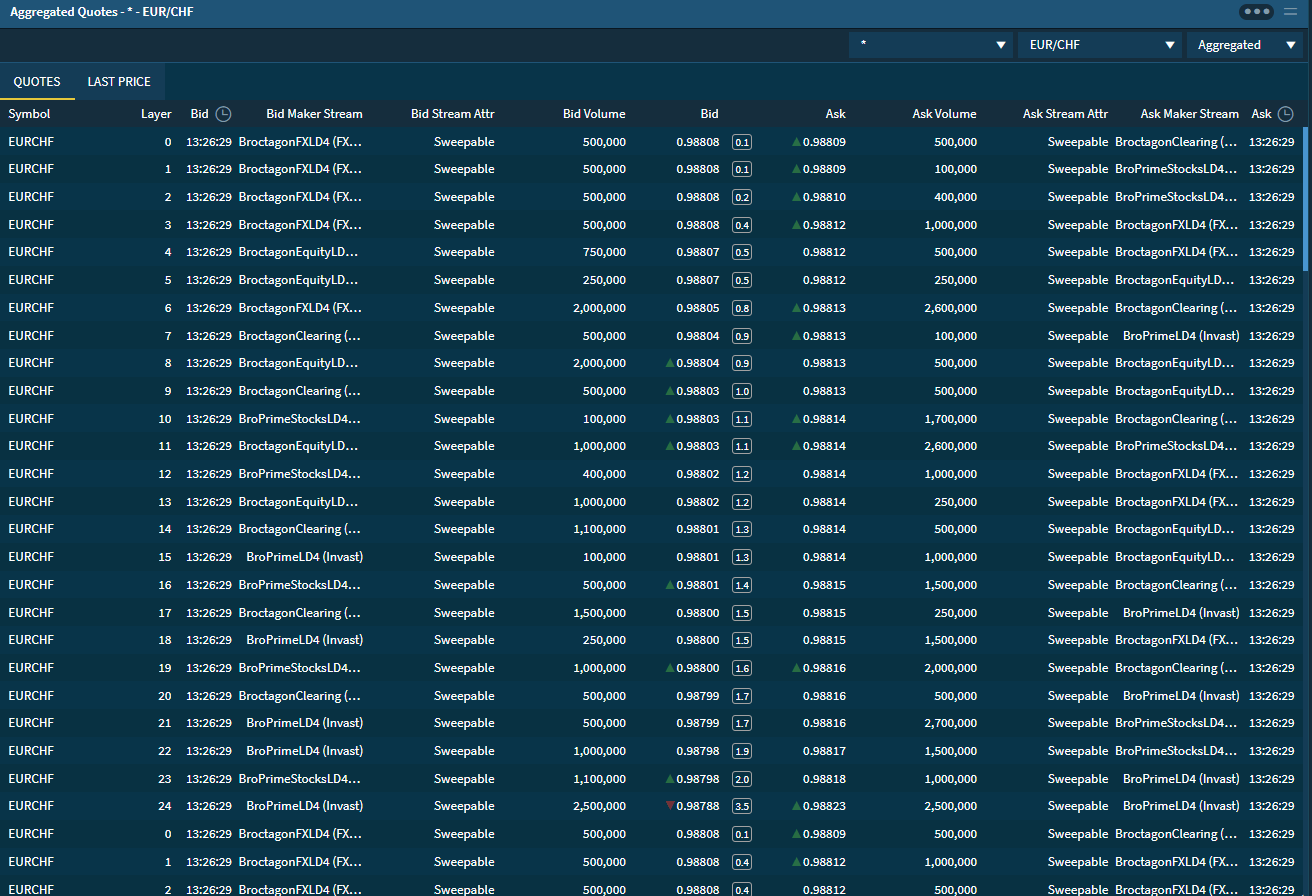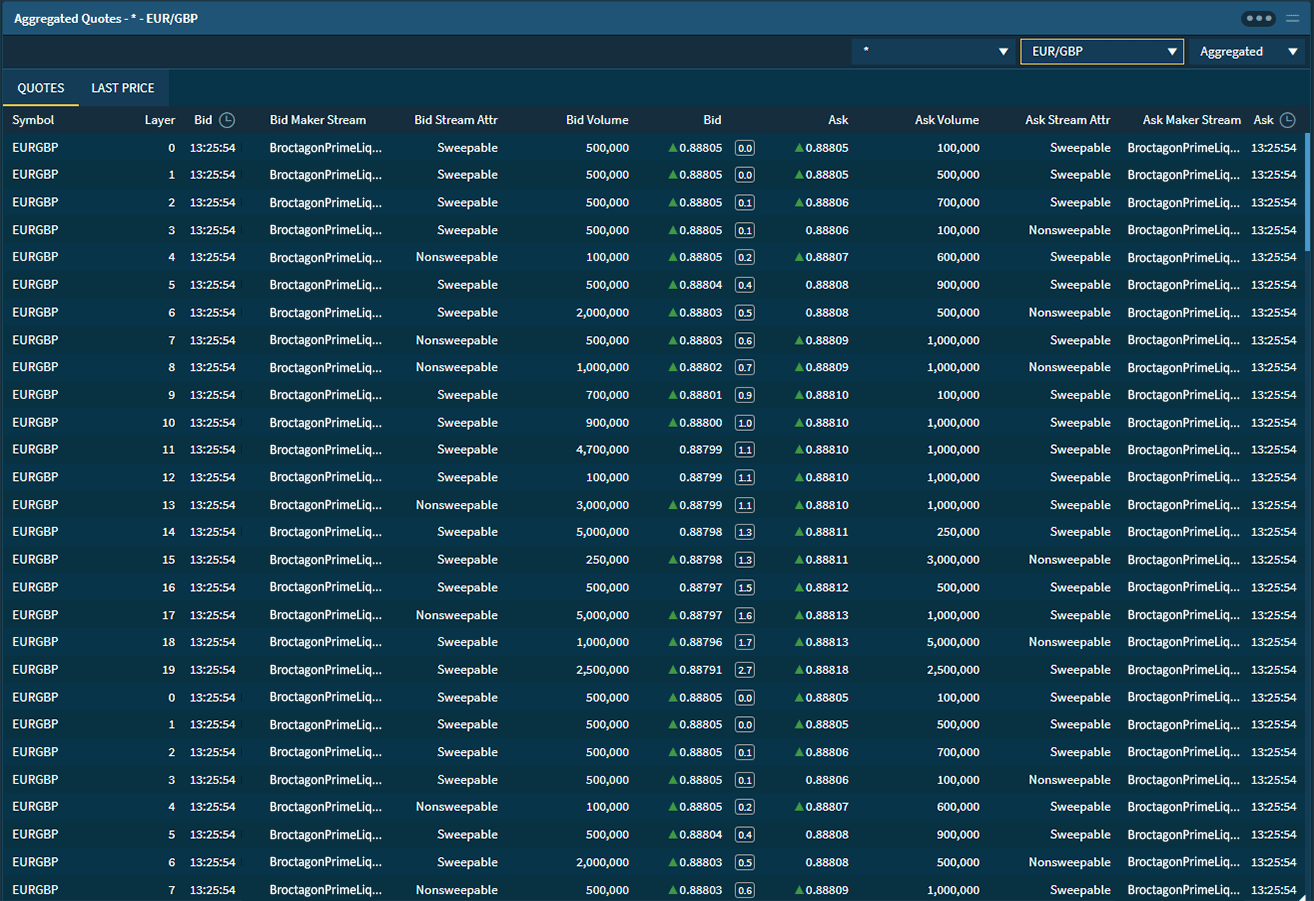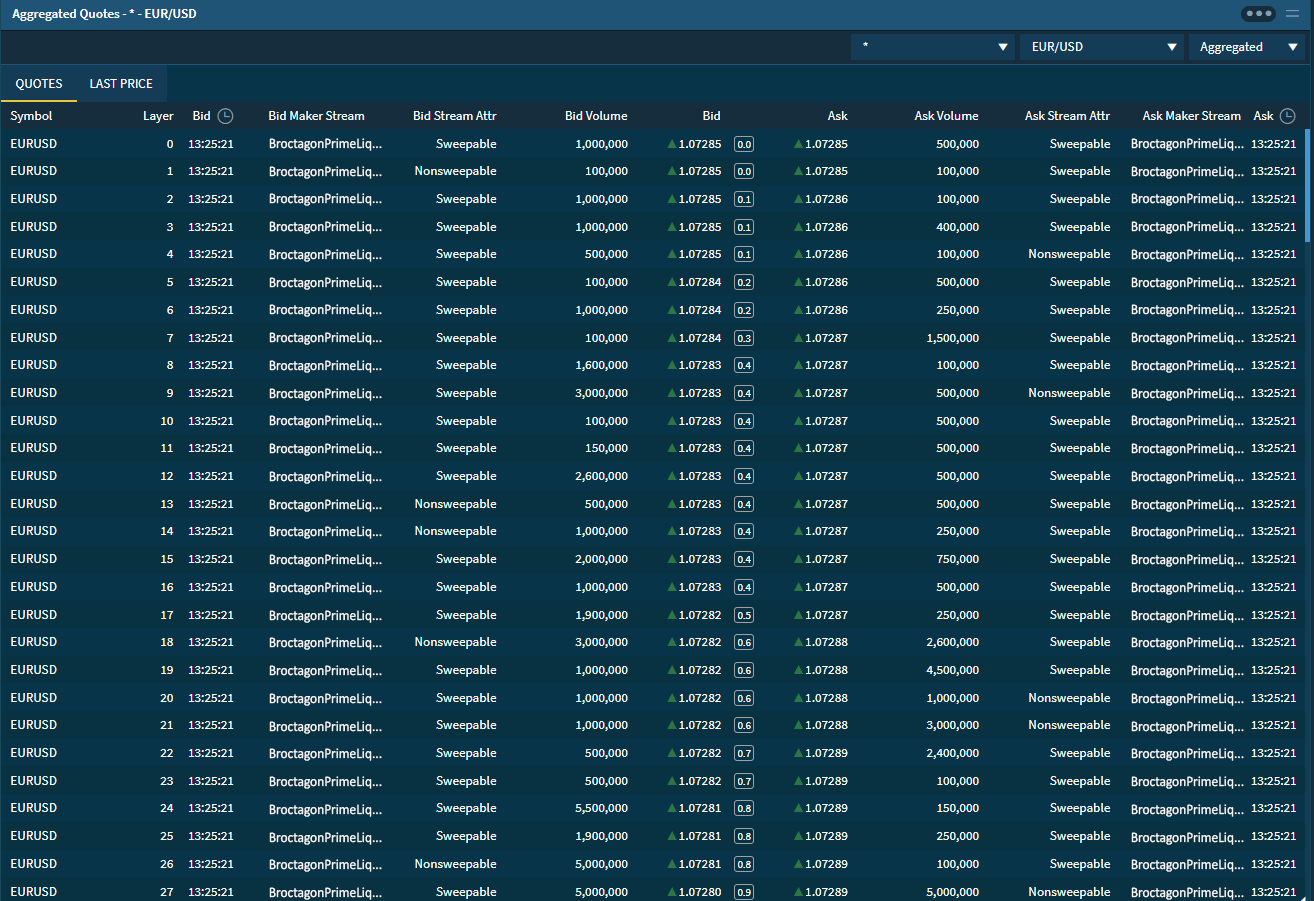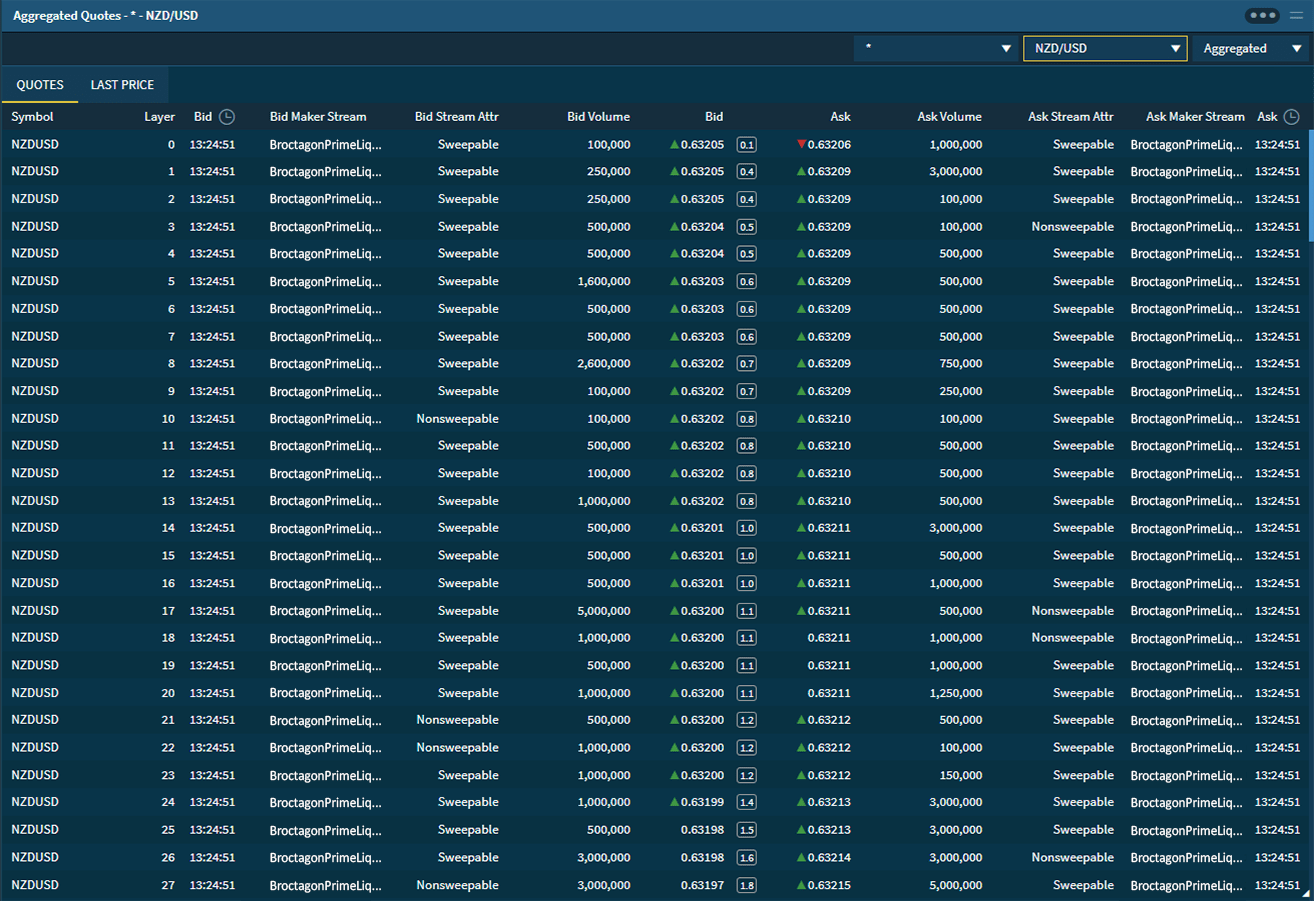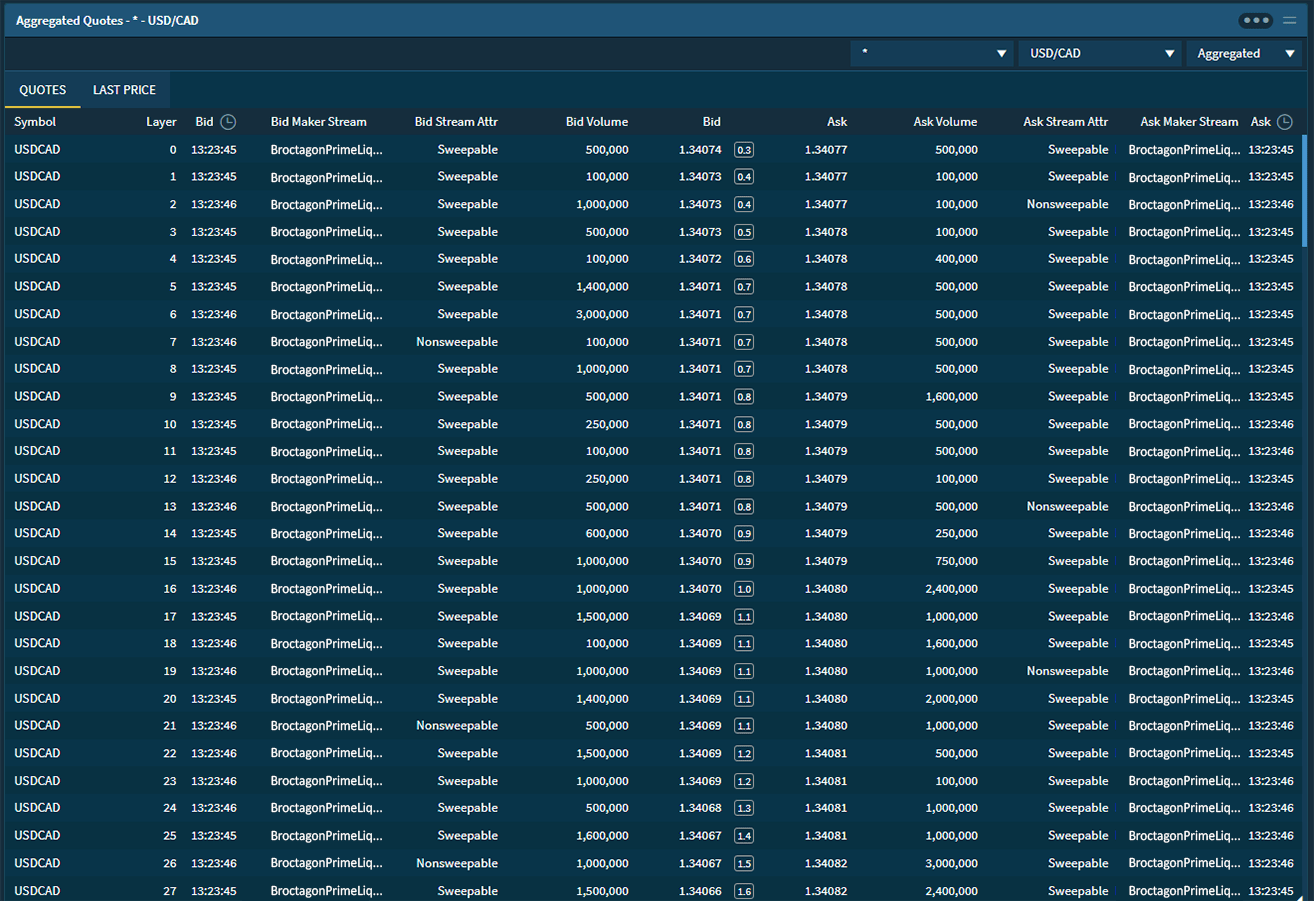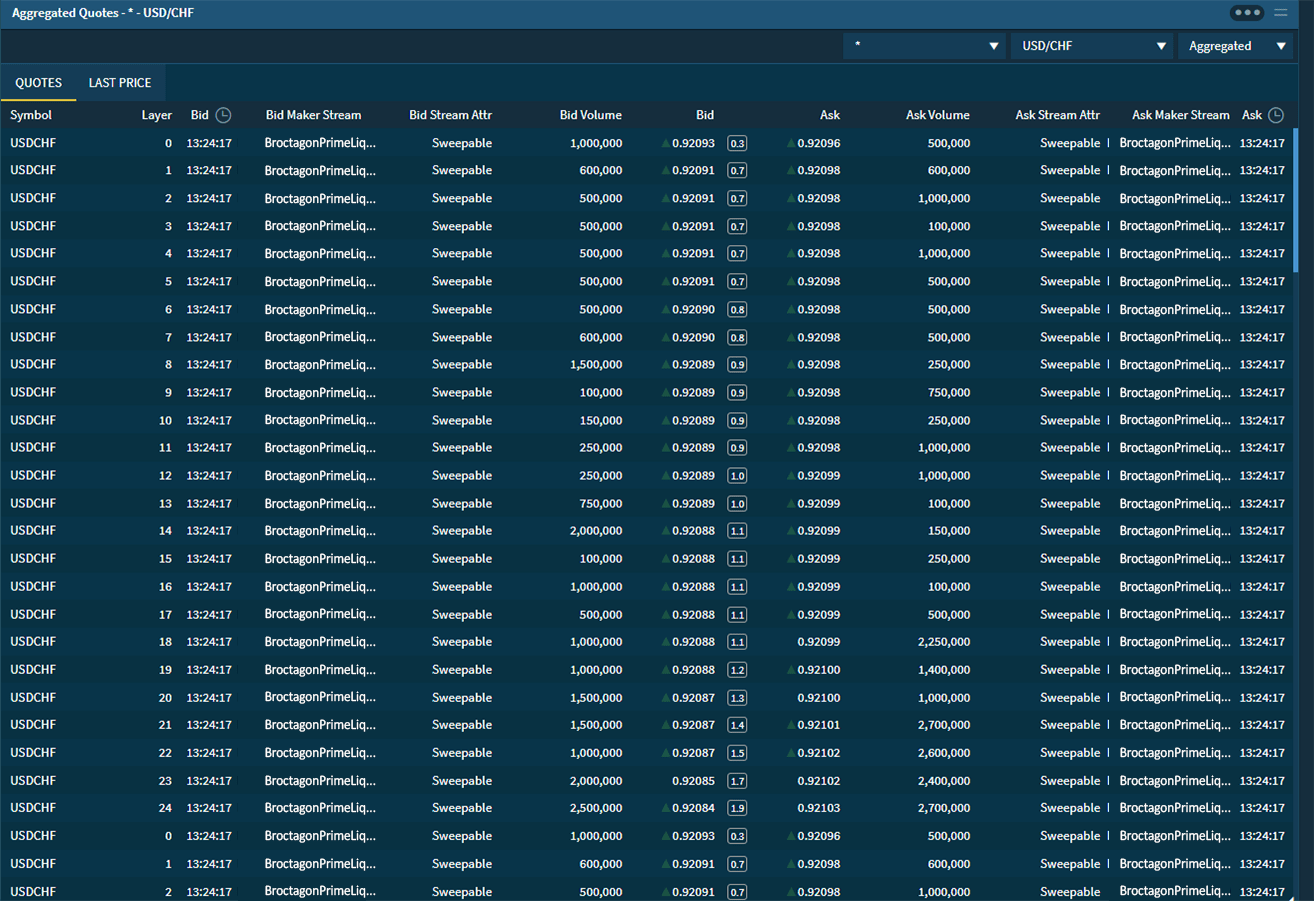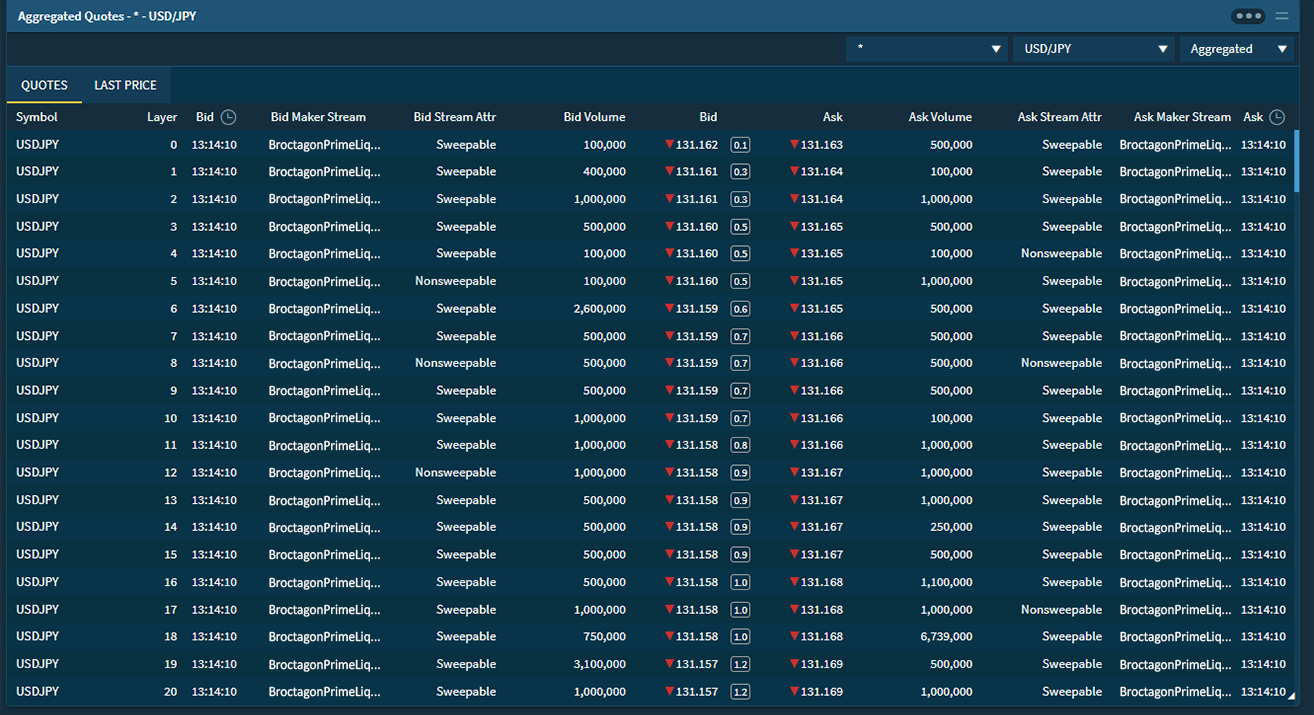From the oldest known cave paintings in the Cave of Maltravieso more than 64,000 years ago by Neanderthals, to portrait painting in ancient Egypt flourishing about 5,000 years ago, humans and its ancestors have always found different forms of capturing and showcasing memory. Memory retention has evolved to be more sophisticated after the invention of photography in the 19th century, then finally to digital photography in 1975 by Kodak engineer Steven Sasson.
Capturing memory has always been on a constant evolution, with people finding ways to make it more instant, accurate, and indestructible through the test of time and weather. And now, technology has allowed a new method of capturing memories, taking these aspects to a whole new level through the use of Non-Fungible Tokens (NFTs).
The forms of memory capture we are familiar with today are prone to theft, illegal copies, loss and corruption. Private photos easily fall into the wrong hands, or are duplicated without permission. The technology behind NFTs, blockchain or also known as distributed ledger technology, is equipped to prevent just that.
What are NFTs?
NFT stands for Non-Fungible Tokens, which are digital tokens. Like cryptocurrencies, NFTs are backed by blockchain technology. An NFT is a digital asset that represents real-world objects like photos, art, music, game collectibles and videos. By minting these intellectual properties, they gain transferability through monetization and can be bought and sold online, frequently with cryptocurrency, on an NFT marketplace.
A non-fungible token is a unit of data stored on the blockchain’s digital ledger, that certifies a digital asset to be unique and therefore not interchangeable. What ‘non-fungible’ means is that they cannot be exchanged for an identical item, making ownership unique. Cash, for example, is fungible, as it does not matter which dollar bill you have.
For example, an NFT in the form of a collection of mosaics by digital artist Beeple was sold for $69.4 million in March 2021. A rare photo of rapper Tupac Shakur taken two weeks before his death has also been auctioned as an NFT. The photo of Tupac, along with a video clip of Michael Jordan, are currently up for auction on OpenSea with an opening bid of $1 million USD and $1.5 million USD respectively.

Digitalizing and Preserving Memories as NFTs
NFTs have provided a new and innovative way for people to capture memories permanently that will forever be yours. NFTs are unique records that are minted on blockchain and contain details to verify ownership of a creative work or photo. The way blockchain works is each item or transaction is recorded with an immutable cryptographic signature called a hash. Transactions are then grouped in blocks and each new block includes a hash of the previous one, chaining them together. Therefore, it cannot be destroyed without trace or edited without affecting previous transactions.

The advantages for digitalizing and preserving memories are limitless. With NFTs as memories, it can be potentially transferred and sold to new owners, or kept safe from duplication.
In the case of Beeple, included in the mosaic are images of Abraham Lincoln spanking a baby Donald Trump, a muscled Tom Hanks beating up an anthropomorphic representation of the coronavirus, and more. The image file is connected to an NFT, which was minted to serve as its certificate of authenticity on blockchain. Minting them as NFTs can help preserve the history of current affairs such as the year of the pandemic, or in the case of Tupac, the legacy of hip-hop.
NFTs as Memories are:
- Indestructible and Immutable: NFTs are recorded via blockchain technology and cannot be altered or destroyed.
- Safe from Duplication: NFT digital photos are copyrighted and cannot be illegally duplicated.
- Owner Authenticated: Blockchain technology records the details of each photograph on chain, which can be traced back to the original creator.
- Transferrable: NFTs are liquid and can be securely transferred via crypto wallet methods.
2021 as the year of NFTs
With the world’s hottest artistes like Dua Lipa creating her own NFT marketplace as well, it’s no wonder that NFTs are gaining a lot of mainstream attention and traction. Platforms like OpenSea, Rarible, are popping up as people find more ways to protect their creative work in this digital age where everything is easily forgotten, lost or duplicated. NFTs serve as a more permanent and secure way to preserve culture, art and memory.
Creating your own NFTs might seem complicated and technologically-intensive, but it can be as easy as snapping a picture with Broctagon’s Token-as-a-Service (TaaS), helping users to launch and create their own NFT marketplace. Creating tokenized assets and NFTs as memories can now be simple and hassle-free.
If you would like to find out more about how to create permanent memories via NFTs or launch an NFT marketplace, simply click here to schedule a consultation with our blockchain advisors to find out more.

